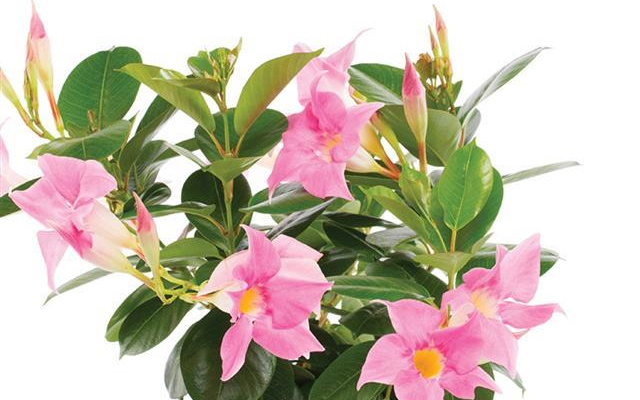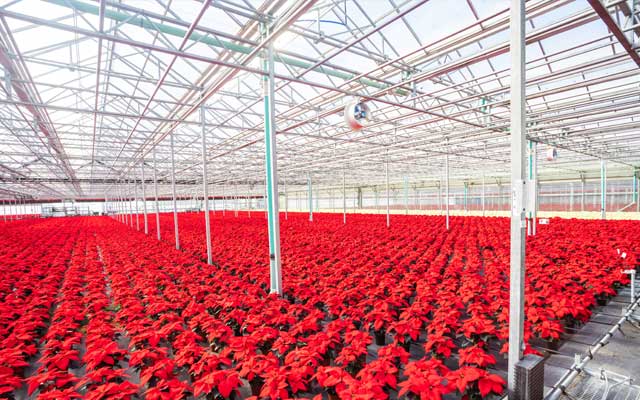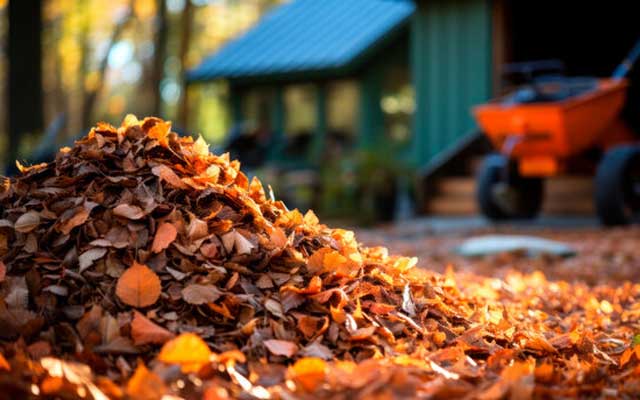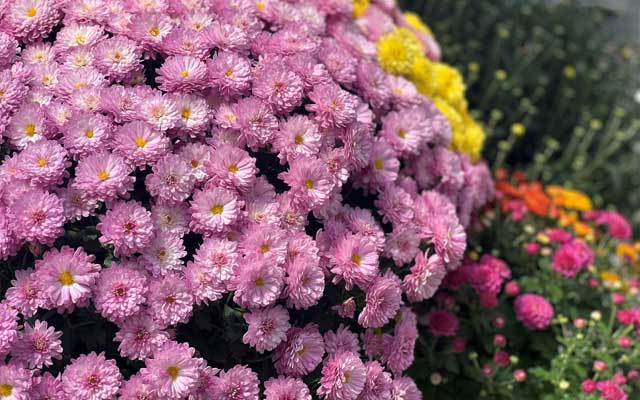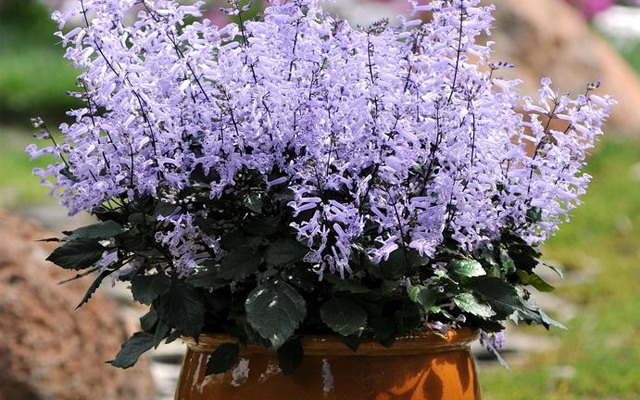Dipladenia, part of the Mandevilla family, is an excellent choice for New England gardeners seeking to add a tropical flair to their landscapes. While New England’s climate may not seem ideal for such a tropical beauty, with proper care and placement, Dipladenia can thrive and add a stunning visual appeal to gardens across the region.
One of the main attractions of Dipladenia is its striking flowers, which come in shades of pink, red, yellow, and white. These trumpet-shaped blooms contrast beautifully against the dark green, glossy leaves. The plant’s ability to produce flowers continuously from late spring until the first frost makes it a long-lasting source of color. Gardeners in New England often plant Dipladenia in containers, allowing them to move the plants indoors during colder months, thus extending their blooming period.
Dipladenia differs from its close relative, Mandevilla, in its growth pattern. While Mandevilla is a climbing vine, requiring support structures such as trellises or arbors to grow vertically, Dipladenia has a more bushy, shrubby habit. This makes Dipladenia an excellent choice for gardeners who prefer a more compact plant that doesn’t need extensive training or support. Its more manageable size and form make it ideal for container planting and hanging baskets.
Caring for Dipladenia in New England requires some attention to detail, particularly regarding temperature and light. Dipladenia thrives in full sun but can tolerate partial shade, making it versatile for different garden settings. During the summer months, the plant enjoys warmth and should be watered regularly to keep the soil moist but not waterlogged. Once established, the plant is quite resilient and can withstand periods of drought, making it suitable for busy gardeners. Pruning is minimal, usually limited to removing spent flowers and occasional trimming to maintain the desired shape. As the cooler weather approaches, it is crucial to bring container-grown Dipladenia indoors. Keeping the plant in a bright, sunny spot indoors can help it continue to flourish.
Incorporating Dipladenia into New England gardens offers more than just aesthetic benefits. Its presence can attract pollinators such as bees and hummingbirds, contributing to the overall health of the garden ecosystem. By following a few simple care guidelines, New England gardeners can enjoy the beauty and versatility of Dipladenia, making it a standout addition to their horticultural repertoire.

